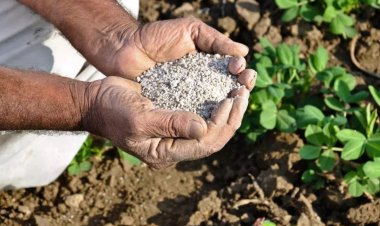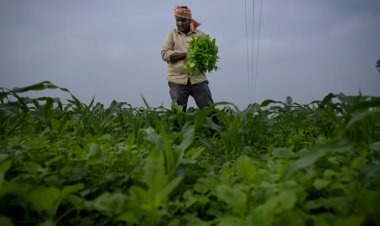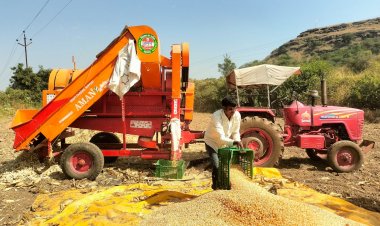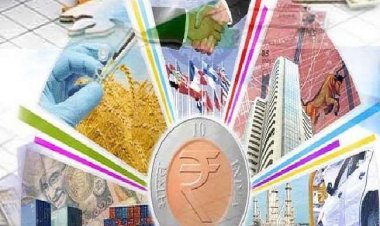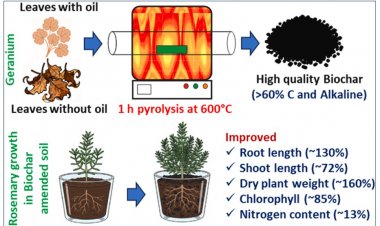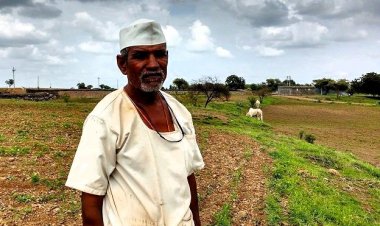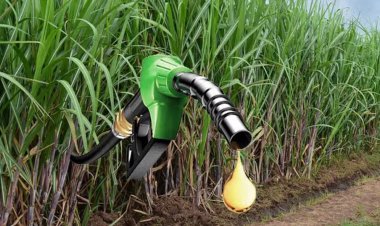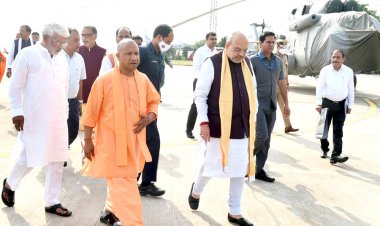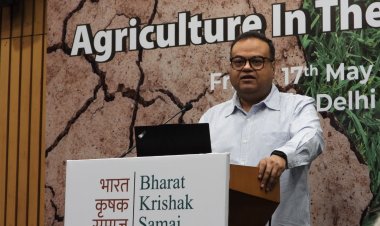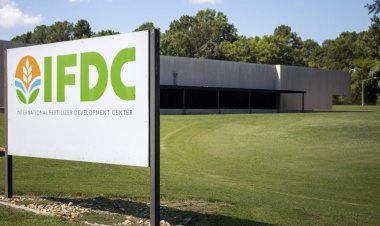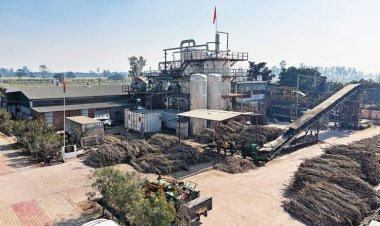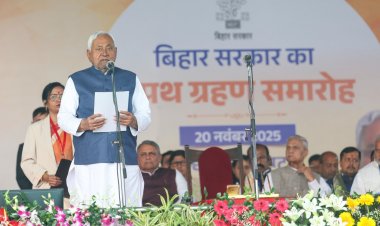Inaction of developing countries on agricultural subsidy in WTO and its implications
The protagonists of the developing countries as the proposed amendments, and more significantly countries like India, seem to have gone completely off the boil in their pursuit to not only rebalance the inherently iniquitous subsidies disciplines of AoA, but also to protect the interests of their own farmers in a crisis-ridden agricultural sector.
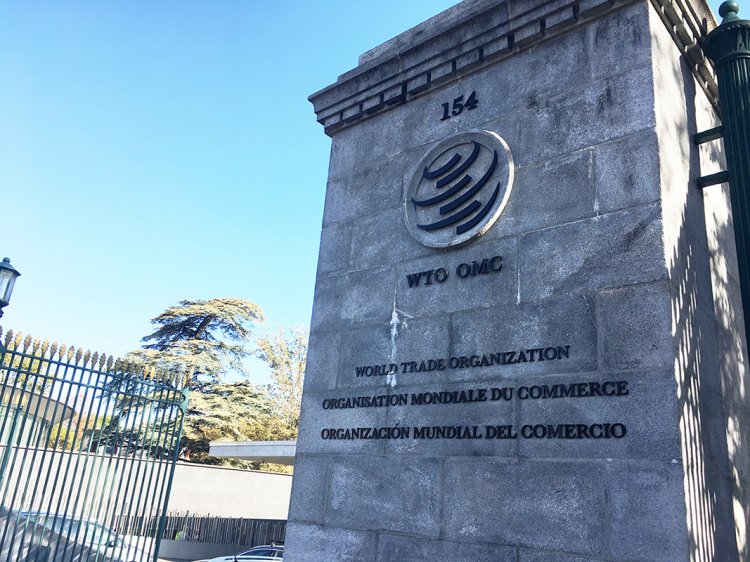
The issue of agricultural subsidies’ disciplines in the Agreement on Agriculture (AoA) governed by the World Trade Organization (WTO) was one of the more contentious issues, pitting most developing and the developed countries sharply against each other. The argument of the developing countries was that the developed countries’ generous grant of agricultural subsidies was taken advantage of the agri-business to capture a sizeable share of the global market in several important crops and this had become a double-edged sword for the former. One the one hand, the subsidies enabled the large agri-businesses to dump their products in the international market, this depriving the small farmers from the developing countries from getting advantage of the market access opportunities that were supposed to have been created following the conclusion of the Uruguay Round negotiations and the establishment of the WTO in 1995. Secondly, using the subsidies, the agri-business could easily exploit developing country markets, thus adversely affecting the livelihoods of the farming communities in these countries that could also affect domestic food securities of these countries.
The adverse effects of US subsidies on cotton were argued by Brazil in a case brought before the dispute settlement body of the WTO. Brazil’s contention was that certain US subsidies, payments and guarantees to cotton producers, were inconsistent with the discipline on agricultural subsidies underlined by the AoA. The grant of these subsidies resulted in distorting markets that depressed international cotton prices. as asserted by Brazil. In addition, the US was also granting export subsidies, the use of which was not allowed by the AoA.
The US-Brazil dispute provided the perfect backdrop for moves on the part of the developing countries to seek amendments to the AoA to eliminate such grossly inequities in the subsidies’ discipline. More importantly, the plight of the “Cotton-4”, namely, Benin, Burkina Faso, Chad and Mali (subsequently joined by Cote d'Ivoire), the four West African countries that relied heavily on cotton exports for their foreign exchange earnings, was prominently flagged. These discussions were conducted within the larger context of the Doha Round negotiations, the mandate for which emphasised that the rules laid down by the AoA must “enable developing countries to effectively take account of their development needs, including food security and rural development”.
A significant number of the WTO membership, comprising of the developing country membership, negotiated as a group for the first time in the history of the multilateral trading system to ensure that the extant rules were amended with a view to protecting the interests of the developing countries. While on the one hand, specific proposals to rein-in developed country agricultural subsidies to reduce distortions in the global markets, and on the other, additional flexibilities in the subsidies regime were sought to enable developing countries to pursue their developing challenges, especially of food and livelihood security and rural development.
However, two decades since these amendments of the AoA began to be pursued, this entire agenda seems to have gone completely off the table in Geneva. The protagonists of the developing countries as the proposed amendments, and more significantly countries like India, seem to have gone completely off the boil in their pursuit to not only rebalance the inherently iniquitous subsidies disciplines of AoA, but also to protect the interests of their own farmers in a crisis-ridden agricultural sector. How are these two facets, stemming from the inaction by the developing countries, affecting their interests?
First, developing countries have given up constant monitoring of the market distorting subsidies of the developed countries they were once engaged in, one of the highlights of this process was the cotton subsidies dispute that Brazil had brought against the US mentioned above. The lack of proactiveness on the part of the developing countries has gone to such an extent that they seem to have even stopped insisting that the developed countries submit their subsidies’ notifications in a timely manner, which provides the essential information on farm subsidies. Latest information on the notifications’ status obtained from the WTO shows that both the US and the EU are behind India by two years in tabling the notifications on domestic support, or the production-related subsidies, the more critical component of farm subsidies.
The second impact of the developing countries’ inaction on the subsidies’ question could be felt by these countries in their ability to consistently support their farmers to cope with the growing strain that have been facing. Governments, as in India, have consistently increased subsidies and in recent years, the rise has been steep. According to India’s notifications on domestic support, the production-related subsidies granted have increased from $43.4 billion to $87.7 billion in 2021-22. As a result, the level of farm subsidies granted in India is fast reaching the limits to which the government can provide them, keeping in view its commitments to the AoA. For instance, in case of rice, the price support that India provides was 15% of the value of production for the commodity in 2021-22, whereas the AoA stipulates that the level of support granted cannot be more than 10%. Not surprisingly, India is under considerable pressure to reduce minimum support price (MSP) for rice.
However, as regards the subsidies’ discipline imposed by the AoA, the major issue is the patently erroneous basis of calculating, which was explained in detail earlier in these pages (https://eng.ruralvoice.in/opinion-14/msp-in-india-targeted-using-wto-deeply-flawed-methodology.html). Briefly, subsidies granted is calculated by deducting the MSP for a commodity from its average of international prices during the period 1986-88, and then multiplying it with the amount that the government has promised to procure (eligible quantity). This measure is flawed since the international price prevailing nearly four decades back is taken as the basis for calculating subsidies. This methodology is completely against India’s interests as it has experienced “excessive rates of inflation” (suggested as 4 per cent or above annually) since 1986-88, rendering its subsidies’ calculations quite meaningless. India, for instance, has witnessed CPI inflation that is close to 970 per cent between 1986-88 and 2021.
Until several years back, India had consistently argued, along with several developing countries, that amending the subsidies regime of the AoA is vitally important for protecting their interests. Reining in of developed country subsidies can enable developing countries to not only improve their presence in global markets, but they can also protect their domestic farmers from the dumping subsidised agricultural products. However, it is not clear why the developing countries have stopped making its voice heard in the WTO.
For India, one of the immediate implications of ignoring the subsidies question could be felt in the bilateral FTA negotiations. Currently, India is engaged with the EU to conclude an agreement and is also a part of the US-led Indo Pacific Economic Framework (IPEF), a regional trade arrangement comprising of 14 countries. One of the main aspirations of the US is to liberalise the agricultural markets through removal of trade barriers, including tariffs. But neither the FTA with the EU nor the IPEF has agricultural subsidies in the negotiating agenda.
What does absence of subsidies from these negotiations and the inclusion of tariff reduction mean for India? At this juncture, India is able to protect its farmers producing key food crops by providing high levels of tariffs, which neutralise the effects of subsidies. Once tariffs are reduced together with the business-as-usual on subsidies, India’s farm economy could face an unprecedented challenge.
(Dr Biswajit Dhar is Former Professor, Jawaharlal Nehru University and Vice President Council for Social Development)



 Join the RuralVoice whatsapp group
Join the RuralVoice whatsapp group

















